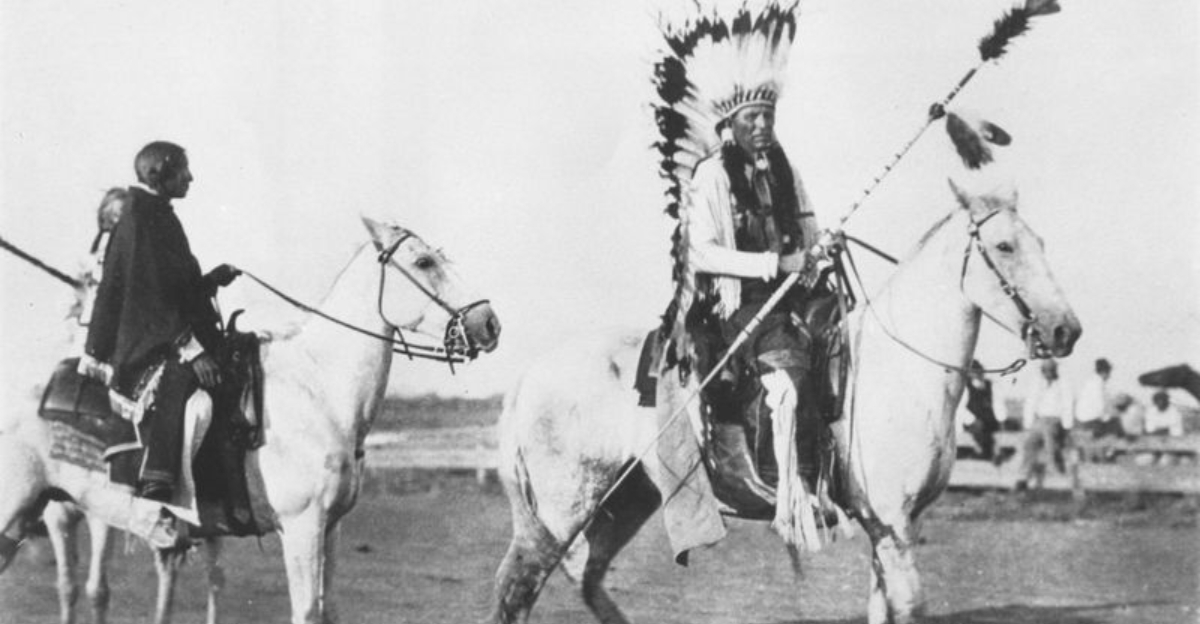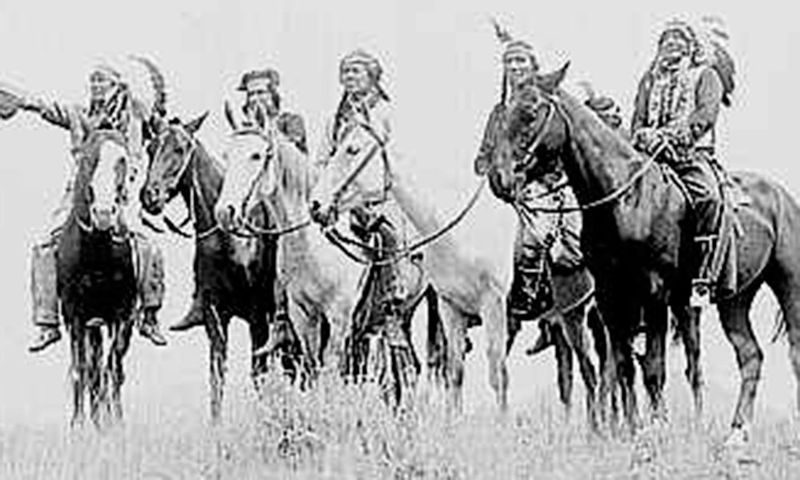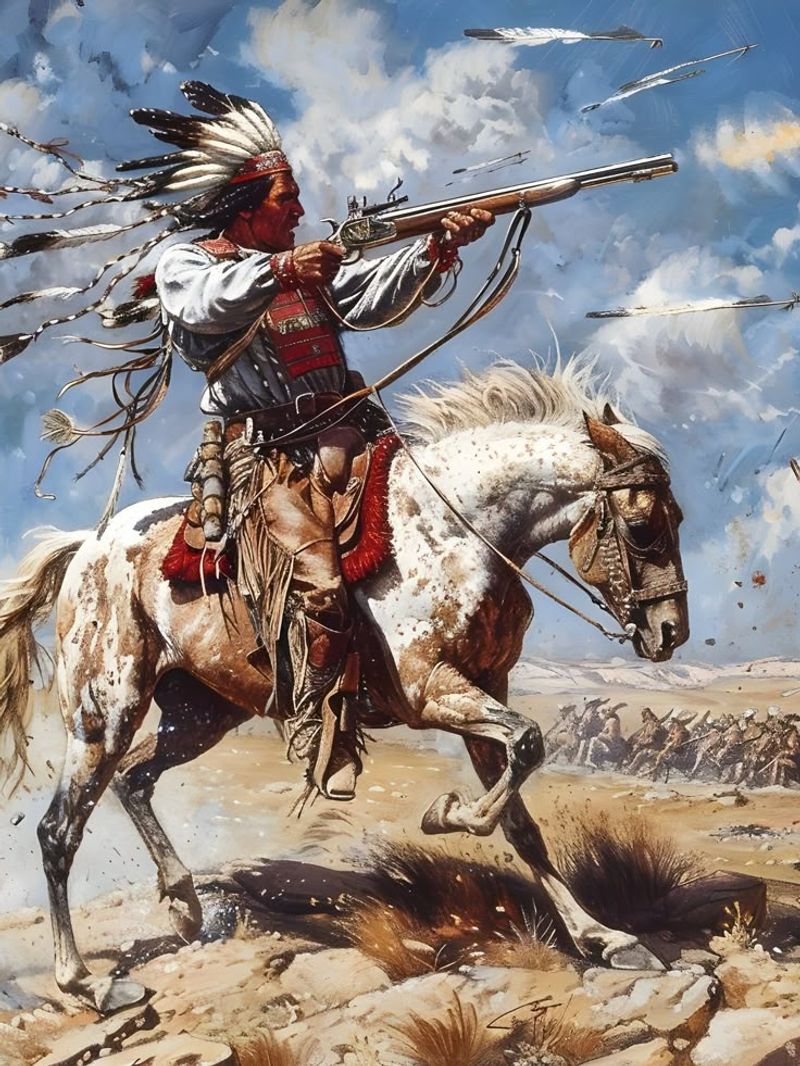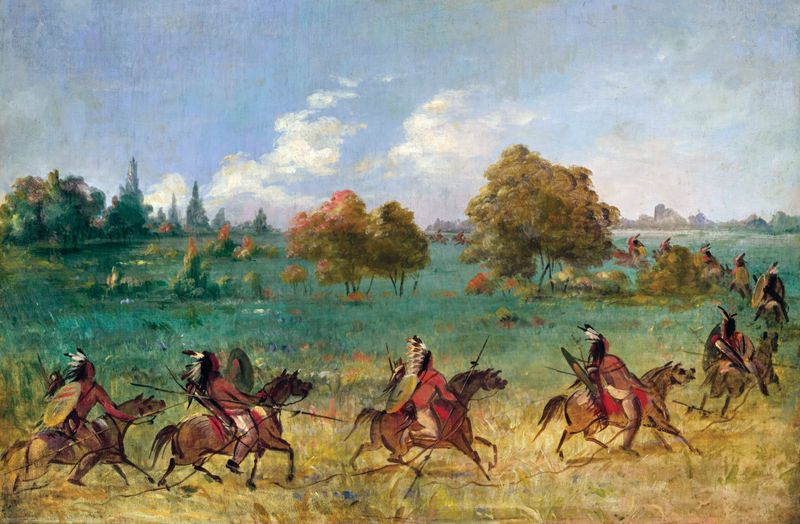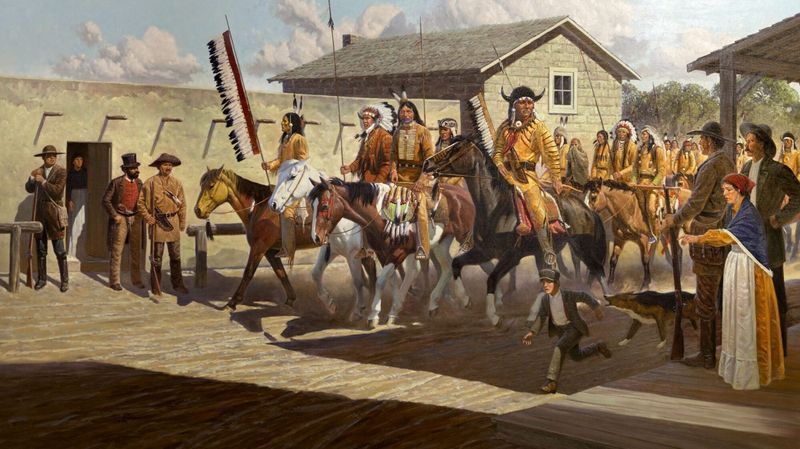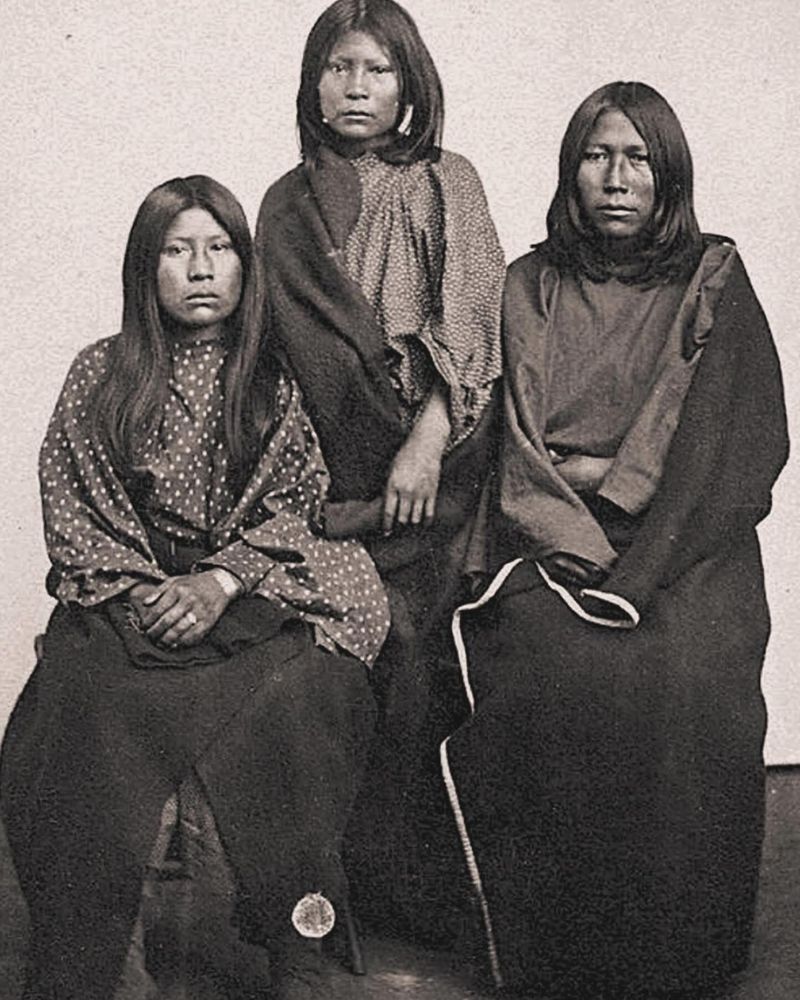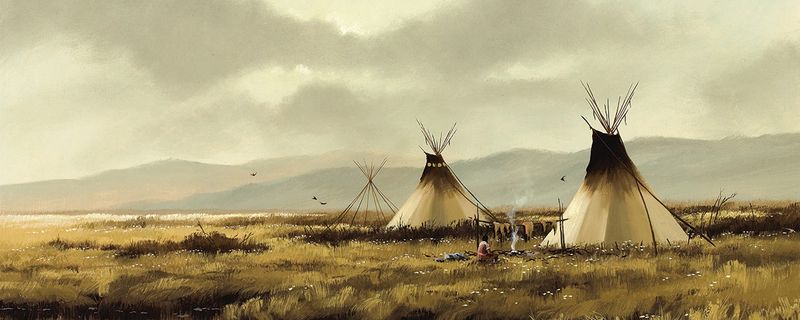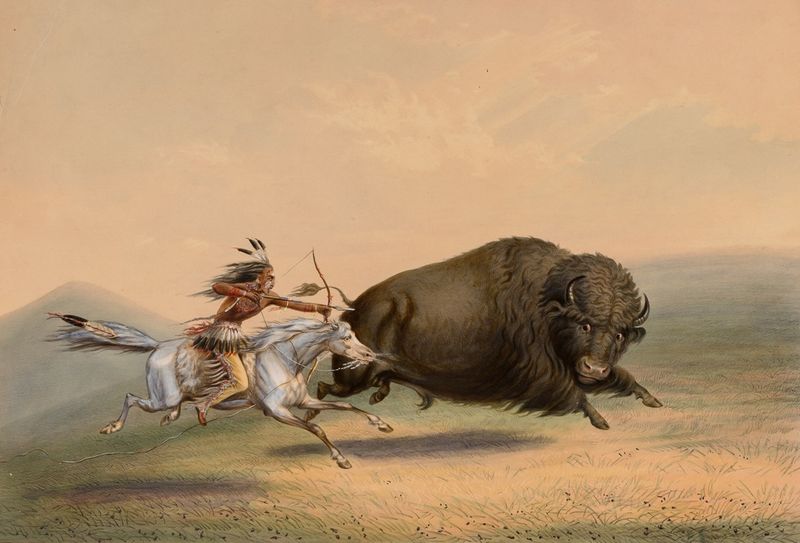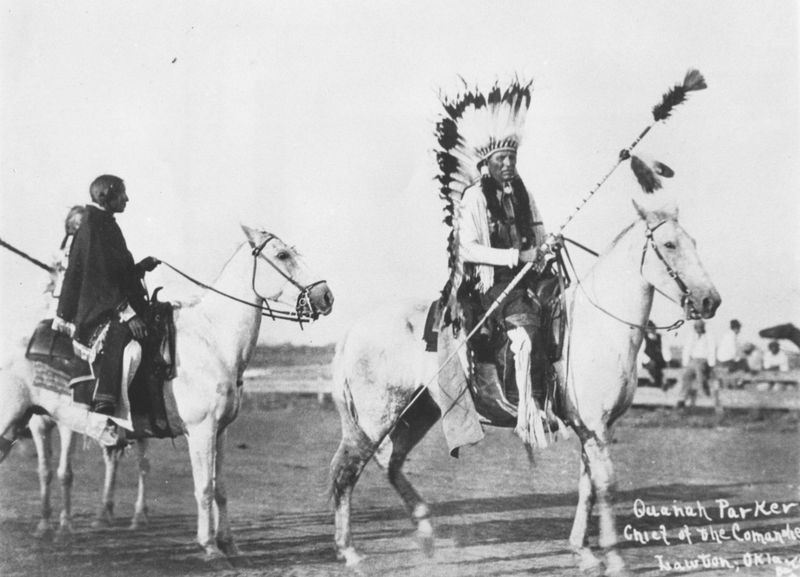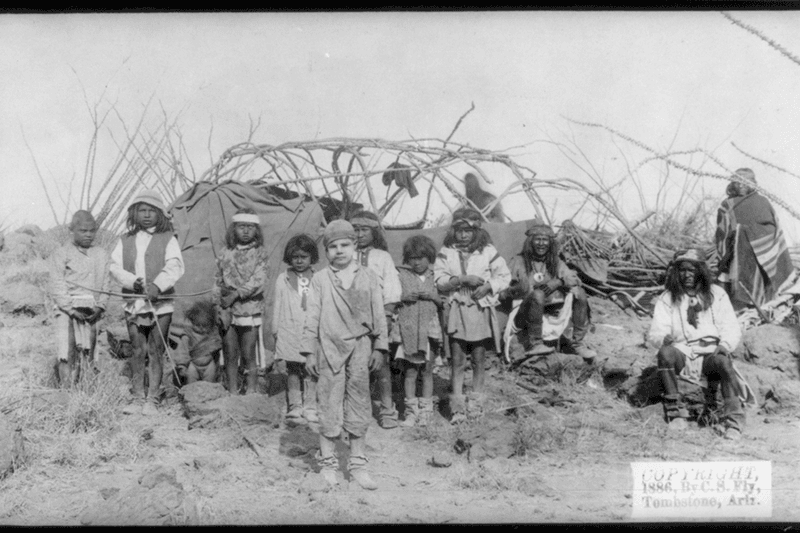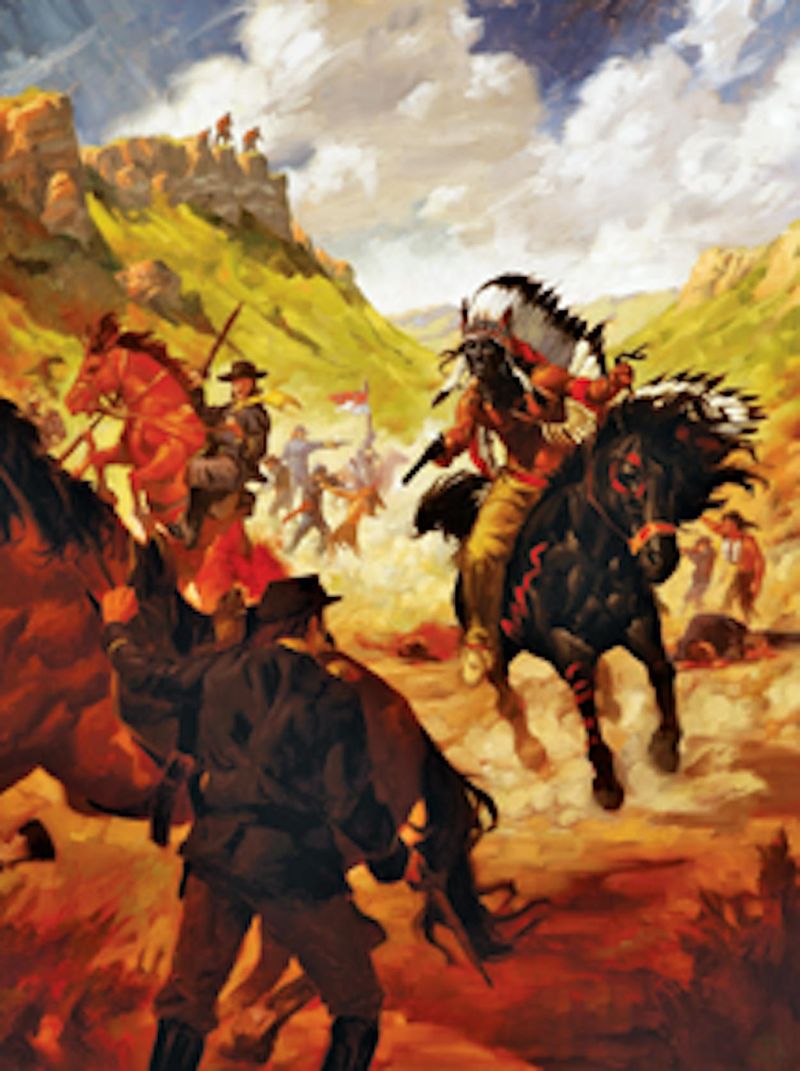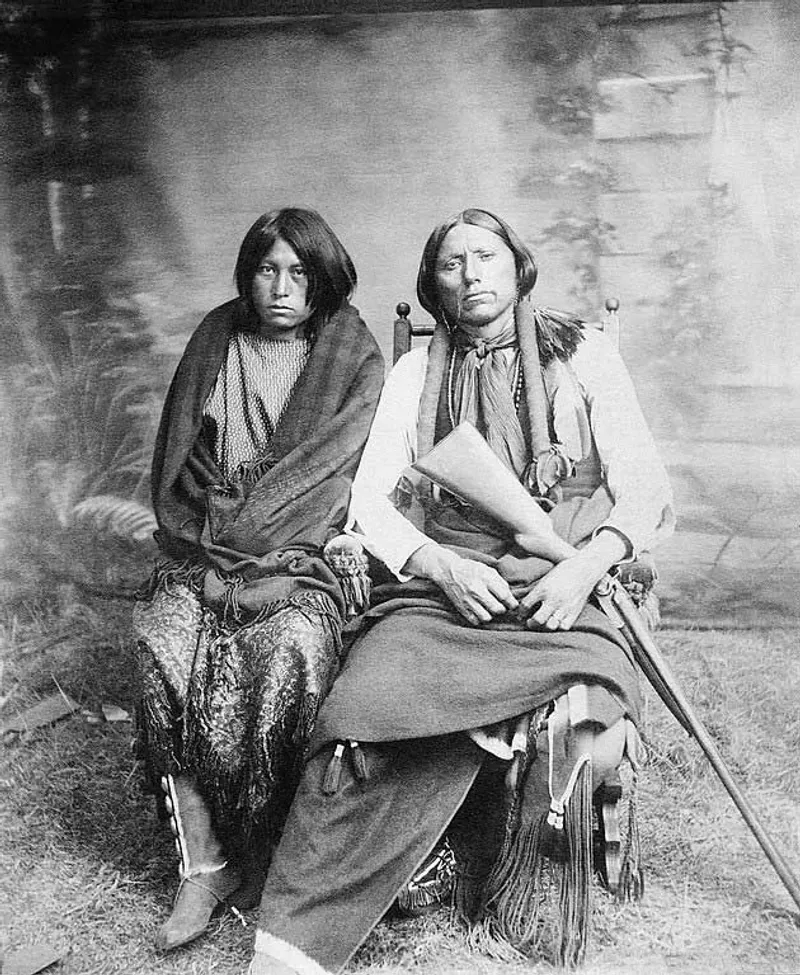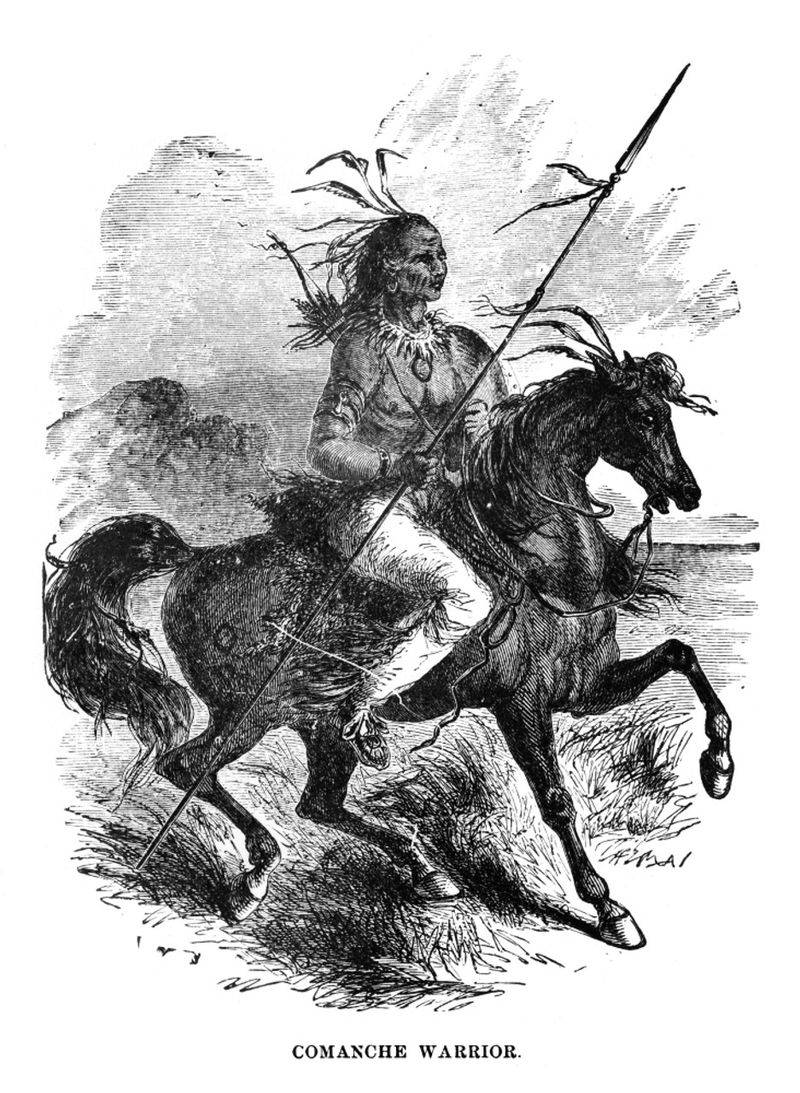The Comanche people, renowned for their fierce and skilled warriors, were guided by a unique set of laws that strengthened their prowess in battle and ensured their dominance on the plains. These laws, rooted in tradition and honor, defined the Comanche way of life and shaped the most feared warriors in history. From the sanctity of the horse to the sacredness of the buffalo hunt, each rule was a testament to their values and courage. Join us as we explore the 13 laws that molded the Comanche into an unparalleled force.
1. The Horse is Sacred
The Comanche warrior’s bond with the horse was sacred. Revered as partners in war and survival, horses were integral to their existence. Capturing a horse from an enemy was a heroic act, celebrated by the tribe. Stealing a horse within the tribe, however, was met with severe punishment, even death. This reverence for horses elevated the Comanche to legendary status as light cavalry. Their exceptional horsemanship allowed them to strike fear into enemies and expand their territory. The horse was not just a means of transport; it was a symbol of freedom and power.
2. No Cowardice Allowed
In the heart of battle, the Comanche could not afford cowardice. Warriors were expected to face their enemies with unwavering bravery. Showing fear was disgraceful, potentially leading to exile from the tribe. This fierce expectation ensured that each warrior contributed to the collective strength. Retreating without honor was not an option. Legends of courageous acts inspired young warriors to embody the same spirit. The Comanche’s reputation for fearlessness became an integral part of their identity, fostering a culture where valor was the highest virtue.
3. Raiding as a Rite of Passage
For young Comanche men, raiding was not just an act of aggression but a rite of passage. It was a test of bravery and skill, marking the transition into warrior status. Those who succeeded gained respect and recognition; failure invited mockery until redeemed. This tradition fostered a cycle of excellence and bravery within the tribe. It was through raiding that young warriors learned tactics, honed their skills, and earned their place among the seasoned fighters. This initiation was crucial in maintaining the tribe’s martial prowess.
4. Vengeance is Mandatory
Vengeance was a deeply ingrained law for the Comanche. If a tribe member was killed, the family or tribe was obligated to retaliate. This ensured relentless pursuit of those who wronged them, adding a layer of deterrence against their enemies. The cycle of revenge created an environment where grievances were addressed with swift and decisive action. It was a means of justice and a way to honor the fallen. This rule reinforced community bonds and deterred potential aggressors, contributing to the Comanche’s fearsome reputation.
5. Women Own the Property
In the Comanche tribe, women wielded significant power at home. They owned and managed the property, including horses and resources. This division of roles allowed warriors to focus on hunting and warfare without domestic distractions. Women’s control over wealth and assets ensured stability and prosperity. Their role was crucial in maintaining the tribe’s infrastructure and wellbeing. This matriarchal element provided balance within the society, showcasing a unique aspect of gender roles during those times. The economic power of women was a testament to their vital contribution.
6. No Theft from Comanche
Theft within the tribe was a grave offense among the Comanche. Punishments ranged from whipping to death, ensuring the tribe’s internal harmony and trust. Stealing from another Comanche was a betrayal of community values. However, taking resources from enemies was not only acceptable but encouraged, showcasing a dual standard. This law preserved unity and fairness within the tribe, reinforcing the importance of communal respect. The severity of punishment for internal theft underscored the tribe’s commitment to integrity and mutual respect, maintaining strong communal bonds.
7. The Buffalo Hunt is Sacred
The buffalo hunt was a sacred tradition, vital for the Comanche’s survival. Disturbing this event was considered a serious offense. The tribe relied heavily on buffalo for food, clothing, and tools, making the hunt a cornerstone of their existence. Reckless behavior that disrupted the hunt could lead to expulsion from the tribe. This law highlighted the community’s dependence on collective effort and respect for nature. It was a testament to the tribe’s respect for the resources that sustained them and reinforced their connection to the land.
8. Respect for War Chiefs
In times of war, the Comanche adhered to strict discipline, especially under the leadership of a war chief. Disobeying orders during raids or battles was punishable by death, emphasizing the necessity of cohesion and respect. The war chief’s authority was absolute, and their leadership was critical in ensuring victory. This unwavering obedience to war chiefs fostered unity and strategic prowess. It was through disciplined coordination that the Comanche achieved their legendary status as formidable warriors, capable of executing complex strategies with precision and success.
9. Adoption of Captives
The Comanche were known for their practice of adopting captives, particularly children, into their tribe. This act of inclusion allowed captives to become full members if they embraced the Comanche way of life. Those who refused assimilation faced dire consequences, including death. This practice helped in expanding the tribe’s numbers and integrating diverse skills and knowledge. Adoption symbolized a unique blend of compassion and pragmatism, enhancing the tribe’s cultural richness. It also demonstrated the Comanche’s ability to adapt and strengthen their community through acceptance.
10. Torture of Enemies
Capturing and torturing enemies was a test of bravery for both the captives and the Comanche. It was believed that enduring pain without showing fear honored the captive’s tribe. This brutal practice served as a psychological tactic, instilling fear in enemies. It was also a means to demonstrate the strength and resilience of the Comanche. The act of torture was not merely punitive but a rite that emphasized stoicism and courage, values held in high esteem by the tribe. It reinforced the Comanche’s fearsome reputation.
11. Polygamy for Strength
Among the Comanche, successful warriors often practiced polygamy, marrying multiple wives to strengthen tribal alliances and increase their family’s influence. This practice was strategic, enhancing social ties and boosting the tribe’s numbers. Multiple marriages allowed for extensive kinship networks, fostering unity and cooperation among different families. Polygamy was seen as a symbol of a warrior’s success and capability. It reinforced the importance of strong, interconnected communities and was a testament to the tribe’s emphasis on strategic growth and social cohesion.
12. No Surrender in Battle
Surrender was not an option for a Comanche warrior. They fought to the death rather than face the dishonor of capture. This absolute commitment to battle instilled fear in their enemies and inspired loyalty within the tribe. The code of no surrender reinforced the Comanche’s reputation as fierce warriors who valued honor above all else. It was a testament to their courage and resilience. This principle was ingrained from a young age, teaching warriors to embrace their fate with pride and ensuring their legacy lived on through stories of their bravery.
13. Spiritual Warfare
Before entering battle, Comanche warriors sought the guidance of spirits through visions and blessings. Ignoring spiritual signs was believed to invite defeat. This deep connection to the spiritual realm was integral to their warfare strategy. Rituals, led by shamans, prepared warriors mentally and spiritually, reinforcing their determination and focus. Spiritual warfare was not just about seeking victory but maintaining harmony with the spiritual world. This blend of physical and spiritual preparation ensured that warriors entered battle with confidence, believing the spirits guided their path to success.
